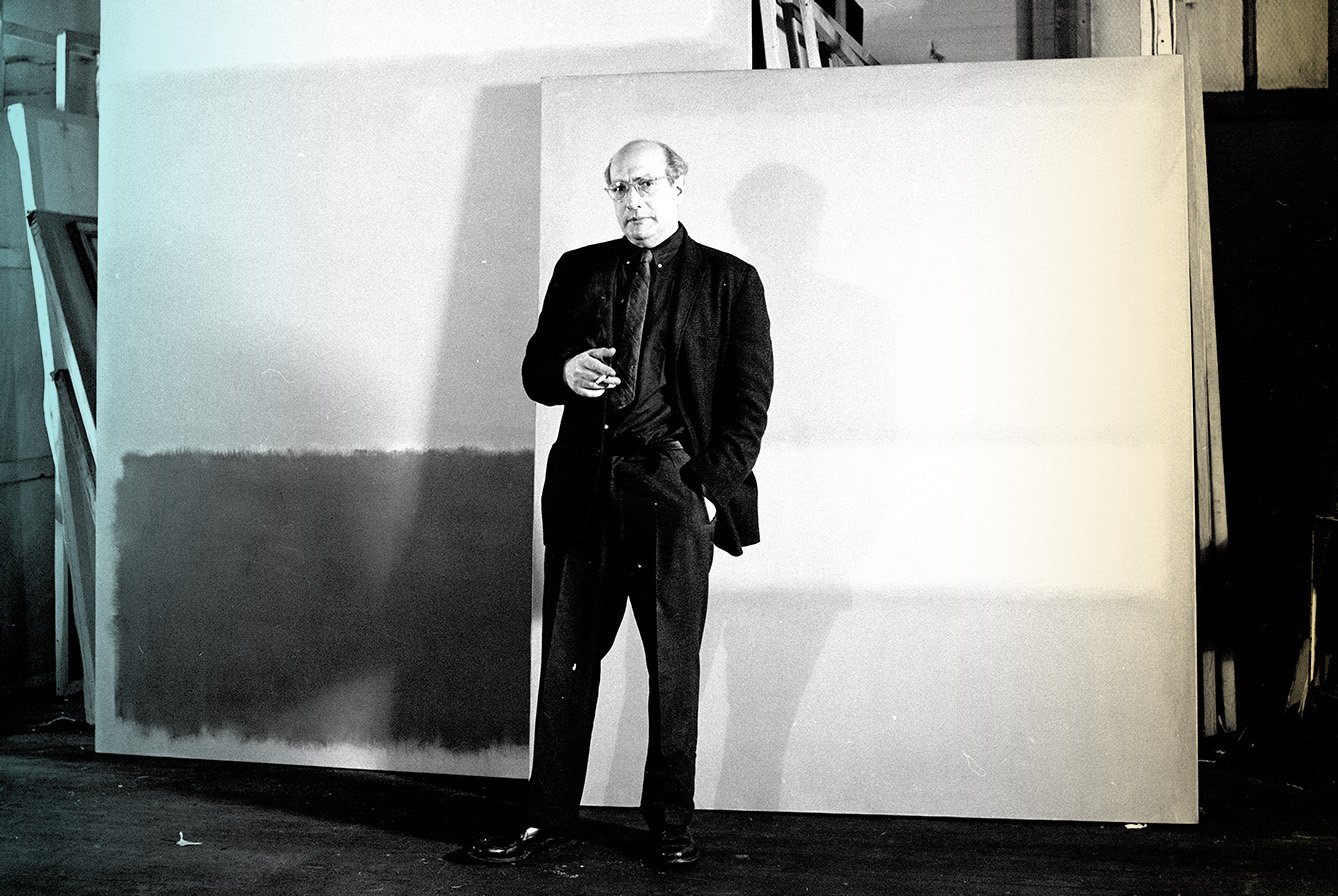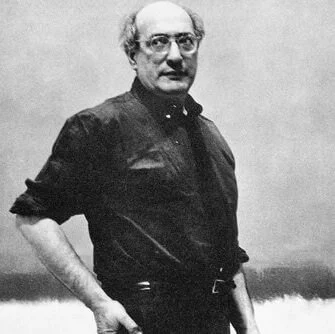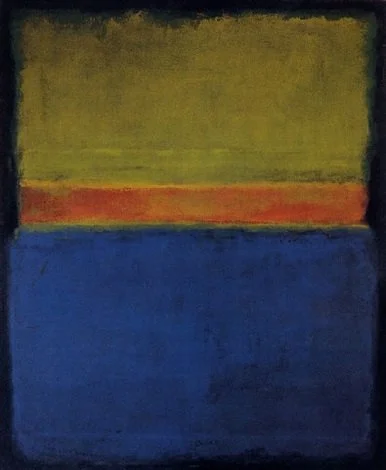
Mark Rothko
Mark Rothko was an American painter known for his abstract canvases featuring blocks of glowing color. Orange and Yellow (1956) is a hallmark example of Rothko’s method of employing thin washes of oil paint to create luminosity. “Art to me is an anecdote of the spirit,” he once mused. “And the only means of making concrete the purpose of its varied quickness and stillness.” Born Marcus Yakovlevich Rothkowitz on September 25, 1903 in Daugavpils, Lativia, in 1913 he and his family immigrated to the United States to escape persecution. Rothko attended Yale University on a scholarship for only a year before dropping out and relocating to New York. There, he studied under Max Weber and adopted the flattened volumes and rich colors he saw in the paintings of Milton Avery. During this period, Rothko produced a number of figure paintings and interiors. By the late 1940s, Rothko had shifted into nonobjective abstraction, creating masses of pure color instead of figures in space. Commissioned in 1964 by the Houston art collectors John and Dominique de Menil, Rothko created the Rothko Chapel, a non-denominational chapel filled with many of his paintings. Deeply depressed throughout much of his life, the artist committed suicide at the age of 66, on February 25, 1970 in New York, NY. Today, Rothko’s works can be found in the collections of The Museum of Modern Art in New York, the Tate Gallery in London, the Albright-Knox Art Gallery in Buffalo, and the National Gallery of Art in Washington, D.C., among others.
credit artnet.com





